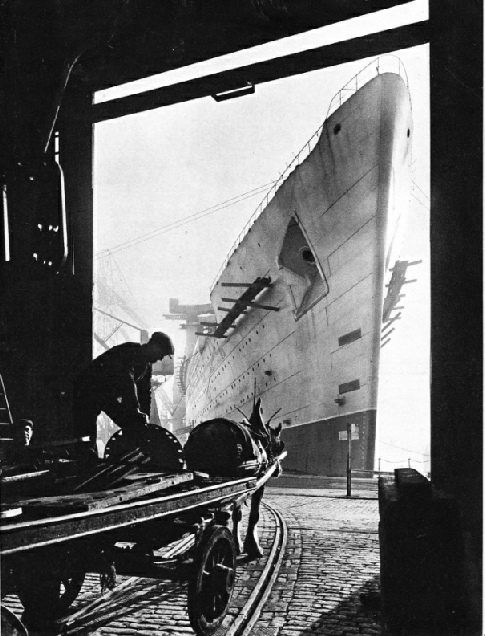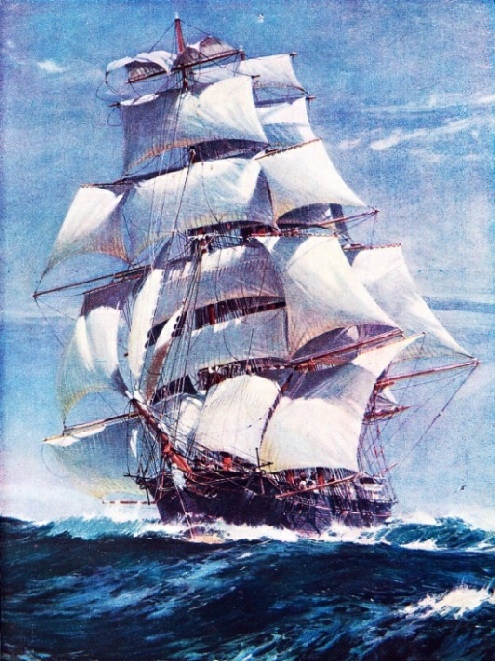
© Shipping Wonders of the World 2012-



Part 1
Part 1 of Shipping Wonders of the World was published on Thursday 30th January 1936, price 7d.
It was a bumper issue of 36 pages, all other issues being 32 pages. The issue included a superb engraving of the RMS Queen Mary as a separate insert. There was also a colour plate depicting the clipper Ariel, and a central photogravure supplement largely devoted to photographs of the Queen Mary. All these are illustrated below.
The Cover
The cover gives an impression of the recently completed Queen Mary. Many of the cover illustrations were from photographs or paintings. Many of them were used as colour plates within the series, as will be seen.
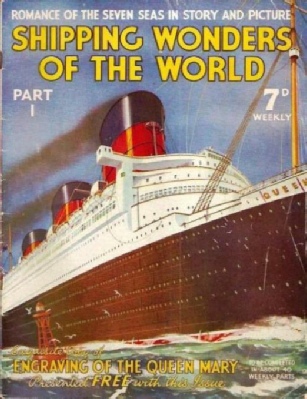
Contents of Part 1
Foreword
An introduction to the series by Clarence Winchester.
The Saga of the Sea
Man has written his story upon the water ever since he first went down to the sea in ships. Adventure has succeeded adventure, conquest has followed on conquest, and the wonders of the world have become known.
Merchant Ship Types
A two-page illustrated article provided as a prelude to the long running series of articles on various merchant ship types.
RMS Queen Mary - Super Liner
An article on the Queen Mary. Beginning merely as a number - No. 534 - this vessel has grown into Britain’s super-liner, a masterpiece of craftsmanship, a thing of beauty, and a crowning testimony to the brains and fingers of 300,000 people.
This is the first article in the series on The World’s Largest Ships.
Engraving of the Queen Mary
The “exquisite copy of engraving of the Queen Mary presented free with this issue”.
The engraving is by the well-known maritime artist Frank H. Mason. The editorial to this issue notes, since we are launched in 1936 it seems appropriate to present to every fellow-traveller an exquisite copy of Frank H. Mason’s engraving of RMS Queen Mary. This you will find loose in this issue so that you may have it framed as a memento of a notable shipping year.
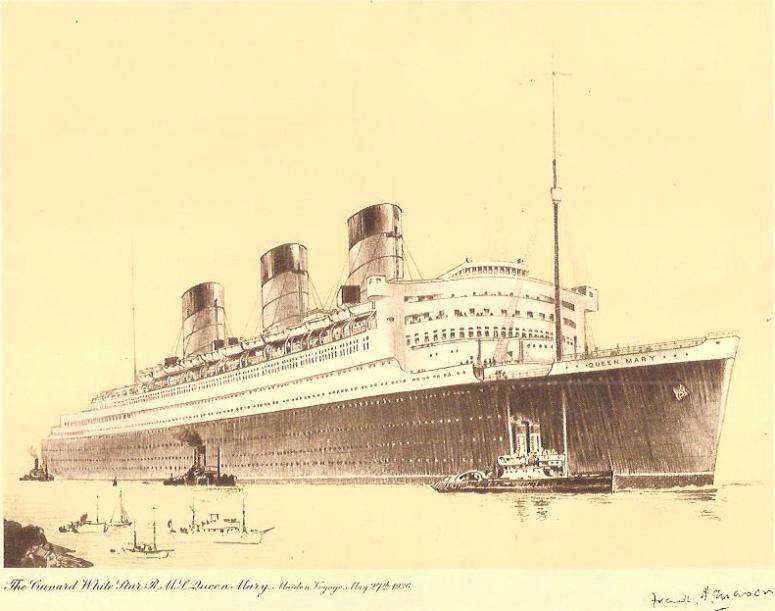
Queen Mary in Pictures:
Photogravure Supplement
MORE THAN 1,000 FEET LONG. The shell of the Queen Mary in the early days of her construction. 40,000 tons of hand-wrought steel were used and four forests were felled to provide her with timber. Much of the skilled work of the riveters and engineers has been covered by wooden decks and interior decorations. Beneath these are the four main engines, contained in two engine-rooms. There are twenty-seven boilers in the five boiler rooms, with a working pressure of 400 lb per square inch and a steam temperature of 700 degrees Fahrenheit.
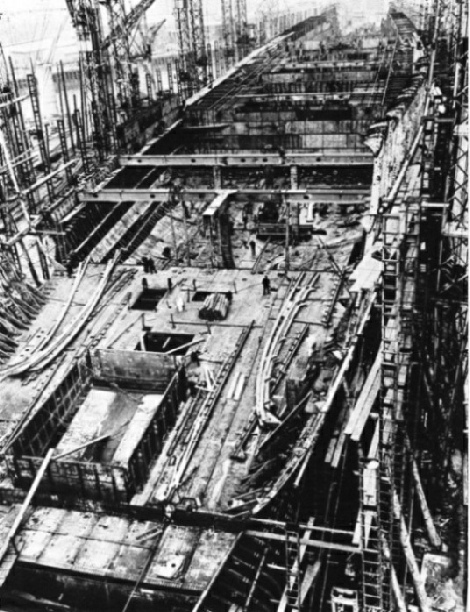
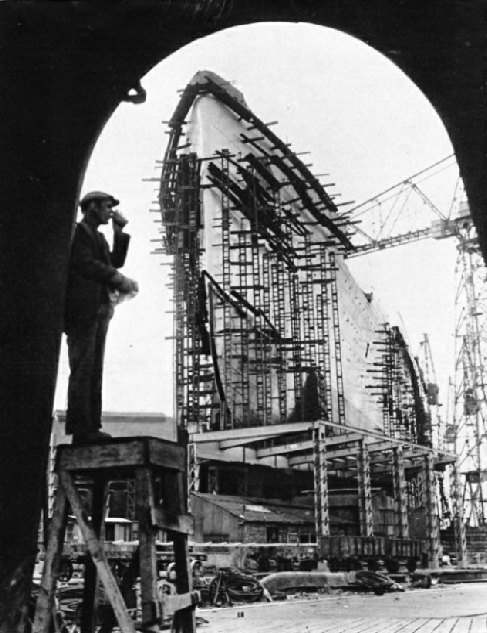
Queen Mary in Pictures - 2
THE MASSIVE HULL, partly plated. Every shell and deck plate in the ship overlaps other plates surrounding it. The width of the overlap varies from a few inches to well over a foot, according to the number of rivets in the overlap. Note one of the large lifts that were fitted to the sides of the vessel to carry workmen to the upper decks, over 100 feet above ground level.
